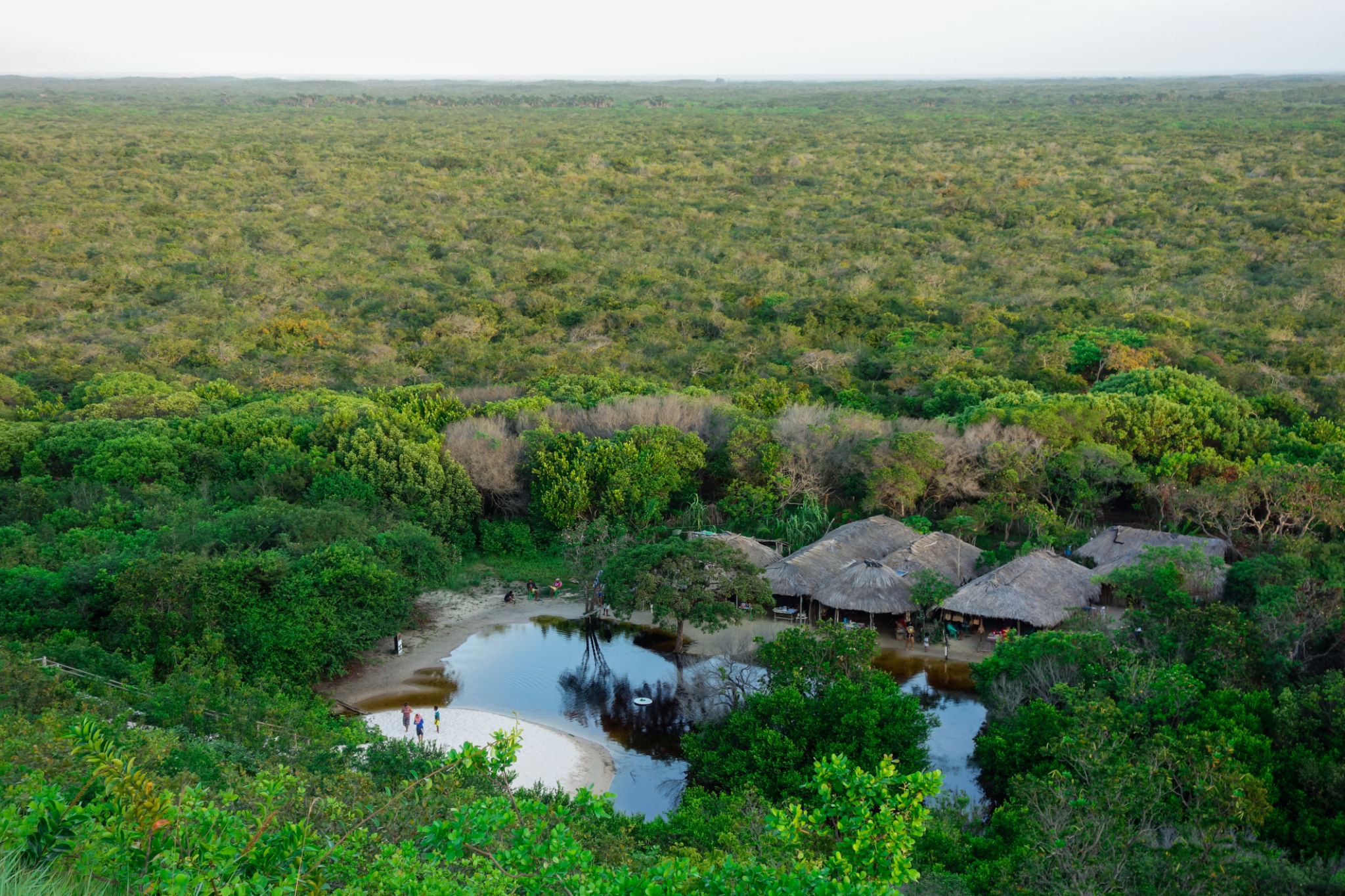Legal Insights: Supreme Court's Influence on Tribal Environmental Issues
The Role of the Supreme Court in Tribal Environmental Issues
The United States Supreme Court plays a crucial role in shaping the landscape of tribal environmental issues. Its decisions can significantly impact the ability of tribal nations to govern their lands and protect their natural resources. Over the years, the Court has been pivotal in interpreting the extent of tribal sovereignty and rights, often influencing the balance between tribal interests and federal or state regulations.
Tribal nations have a unique legal status in the United States, recognized as sovereign entities with inherent powers of self-governance. However, this sovereignty is not absolute and is subject to limitations imposed by federal law and Supreme Court rulings. These rulings often set precedents that affect how environmental policies are implemented on tribal lands.

Significant Supreme Court Decisions
Several landmark Supreme Court cases have addressed tribal environmental issues, shaping the rights and responsibilities of tribes in managing their natural resources. For example, in Montana v. United States, the Court held that tribes do not have authority over non-Indians on non-Indian lands within reservations, unless certain exceptions are met. This decision has had far-reaching implications for environmental regulation and resource management.
Another significant case is Michigan v. Bay Mills Indian Community, where the Court upheld tribal sovereign immunity, protecting tribes from certain lawsuits even when they engage in commercial activities outside their reservations. This ruling reinforced the principle of tribal sovereignty and has implications for environmental litigation involving tribes.

Impact on Environmental Policies
The influence of the Supreme Court extends beyond legal principles; it also affects how environmental policies are crafted and implemented. When the Court rules on cases involving tribal lands, it often prompts legislative and administrative responses to align federal and state policies with judicial interpretations. This dynamic can lead to changes in how environmental regulations are enforced on tribal lands.
For instance, many tribes have developed their own environmental protection programs that complement federal regulations. These programs are designed to address specific ecological concerns unique to tribal lands, such as water quality and wildlife conservation. The Supreme Court's decisions can either empower or restrict these tribal initiatives, depending on how they interpret the scope of tribal authority.

Challenges and Opportunities
The intersection of tribal sovereignty and environmental law presents both challenges and opportunities. One major challenge is navigating the complex web of federal, state, and tribal regulations that govern environmental protection on tribal lands. This complexity can lead to jurisdictional conflicts and legal disputes, requiring careful negotiation and collaboration among all parties involved.
Despite these challenges, there are significant opportunities for tribes to assert their sovereignty and lead in environmental stewardship. Many tribes are at the forefront of sustainable development practices, utilizing traditional ecological knowledge alongside modern science to manage their resources effectively. The Supreme Court's rulings can support these efforts by affirming tribal authority and promoting collaborative approaches to environmental management.
The Future of Tribal Environmental Governance
Looking ahead, the Supreme Court will continue to play a vital role in shaping the future of tribal environmental governance. As new cases arise, the Court's interpretations of laws concerning tribal lands will influence how tribes can exercise their rights and responsibilities in protecting their environment.
It is essential for tribes, policymakers, and legal practitioners to stay informed about Supreme Court decisions and their implications. By understanding the legal landscape, stakeholders can work together to ensure that tribal nations have the tools and authority needed to safeguard their natural resources for future generations.